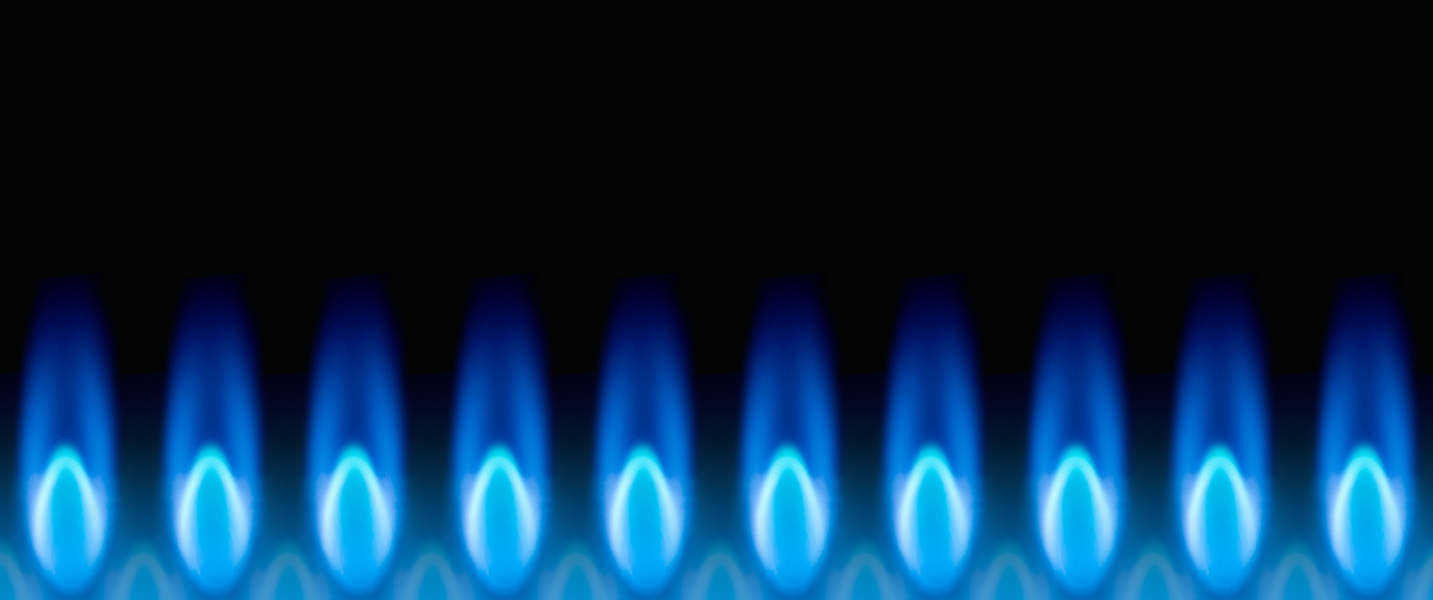Turning on a gas stove or furnace can be pretty simple. One switch and blue flames start dancing, providing reliable, affordable energy to cook your food or heat your home.
But how did the natural gas get to you?
It’s a journey from wellhead to burner tip that Williams plays a big part in.
Natural gas is found thousands of feet and even miles into the earth or deep gulf waters. Once a deposit is found, exploration and production companies bring it to the surface to be cleaned and made ready for pipeline transportation.
Here’s how:
- Our gathering systems, powered by compressors, bring gas from onshore and offshore wells into processing plants. The gathering lines are like branches on a tree, getting larger as they get closer to the central collection point.
- Compressors are machines driven by an internal combustion engine or turbines that creates pressure to “push” the gas through the lines.
- At our processing plants, moisture and impurities are removed from the gas stream, and if present, natural gas liquids are extracted to be sold separately.
- Our compressor stations then move the gas through interstate pipelines to utilities, power plants and other direct-purchase customers. These highly regulated transmission lines work much like the nation’s highway system, moving the natural gas thousands of miles from the producing regions to local distribution companies.
- Along the way, there are many interconnections, allowing a great deal of flexibility in moving the gas where it’s needed most. Control centers monitor flow rates and pressure to ensure reliability and safety.
- When the natural gas gets to gate stations at the local utility, pressure is lowered from transmission levels to distribution levels, an odorant often is added, and then the flow rate is measured to determine the quantity delivered.
- From here, the utility moves the gas into smaller distribution lines or mains and then finally to small service lines to your meter, at very low pressure.
- When a gas furnace or stove is turned on, the gas pressure is slightly higher than the air pressure, so the gas softly ignites with a familiar blue flame.
Because the various pipelines are buried safely underground, this journey is largely invisible. But it’s happening all across the country every day to ensure clean, reliable energy.
